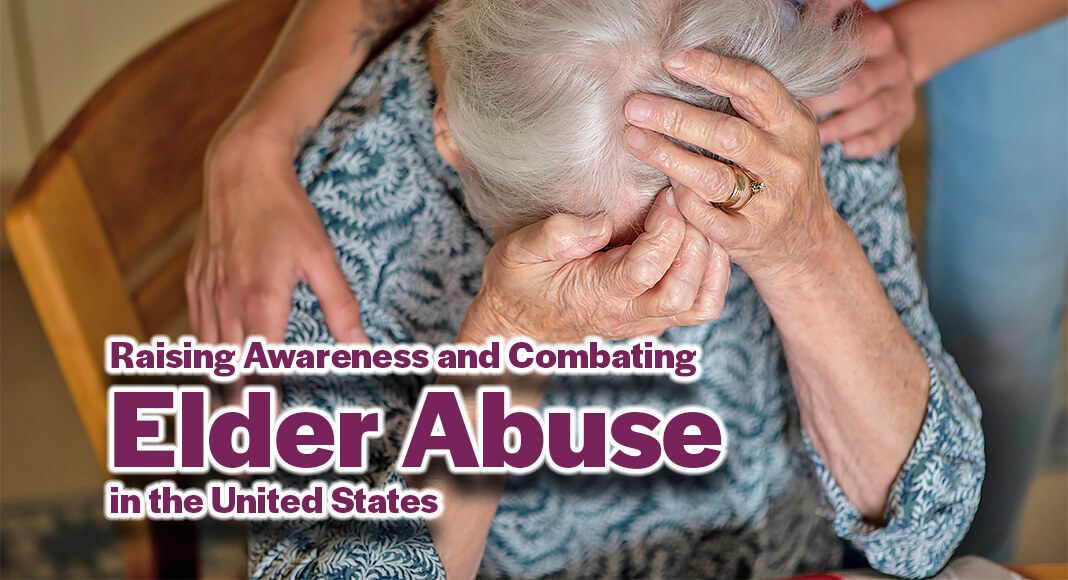
Texas Border Business
Texas Border Business
Rosie Hidalgo, the Office on Violence Against Women director at the US Department of Justice, said, “Elder Abuse Awareness Day is observed annually on June 15th, highlighting a growing problem that affects an estimated one in 10 older adults in the United States. Elder abuse takes many forms, including physical, sexual, and psychological abuse, neglect, abandonment, and financial exploitation. It can be inflicted by someone the victim trusts, such as a spouse, partner, family member, caregiver, or even by strangers. Elder abuse does not discriminate and can affect anyone, regardless of their location.”
Understanding the Severity of Elder Abuse
Elder abuse is a severe and pervasive issue in the United States. The National Council on Aging (NCOA) reports that approximately 5 million older adults experience abuse, neglect, or exploitation annually. However, this number is likely underreported, as only 1 in 24 cases of elder abuse are typically reported to authorities. The effects of elder abuse are profound, often leading to significant physical injuries, psychological trauma, and even death. Financial exploitation alone costs older Americans billions of dollars each year, further exacerbating their vulnerability and diminishing their quality of life.
Forms of Elder Abuse
- Physical Abuse: Inflicting physical pain or injury upon an older adult, such as hitting, slapping, or improper use of restraints.
- Sexual Abuse: Non-consensual sexual contact of any kind with an older adult.
- Psychological Abuse: Inflicting mental pain, anguish, or distress through verbal or non-verbal acts, including intimidation or humiliation.
- Neglect: Failure by those responsible to provide food, shelter, health care, or protection for a vulnerable elder.
- Abandonment: Desertion of a vulnerable elder by anyone who has assumed the responsibility for care or custody.
- Financial Exploitation: Illegal or improper use of an elder’s funds, property, or assets.
Efforts to Combat Elder Abuse
The Office on Violence Against Women (OVW) administers a special grant program called the Training and Services to End Abuse in Later Life Program. This program supports a comprehensive approach to addressing elder abuse, providing essential training and services to professionals and organizations working with older adults. The OVW also funds national training programs through the National Clearinghouse on Abuse in Later Life to improve the response to elder abuse across various sectors, including law enforcement, healthcare, and social services.
Moreover, the OVW provides numerous grants to communities across the country, aiming to enhance access to justice, safety, and healing for all survivors, including those of elder abuse. These grants empower local organizations to implement effective strategies and support services tailored to the needs of older adults.
Available Resources and How to Help
If you or someone you know is experiencing elder abuse, help is available. The Department of Justice has a dedicated website that provides resources to find local community support at justice.gov/elderjustice. Additionally, the National Clearinghouse on Abuse in Later Life offers extensive resources and can be accessed through their website.
Elder abuse is a critical issue that requires collective action and awareness. By recognizing the signs of abuse and knowing where to seek help, we can protect our older adults and ensure their safety and dignity. “Thank you for your commitment to this cause. Working together, we can put a stop to elder abuse and create a safer, more supportive environment for our elders,” Hidalgo finalized.













